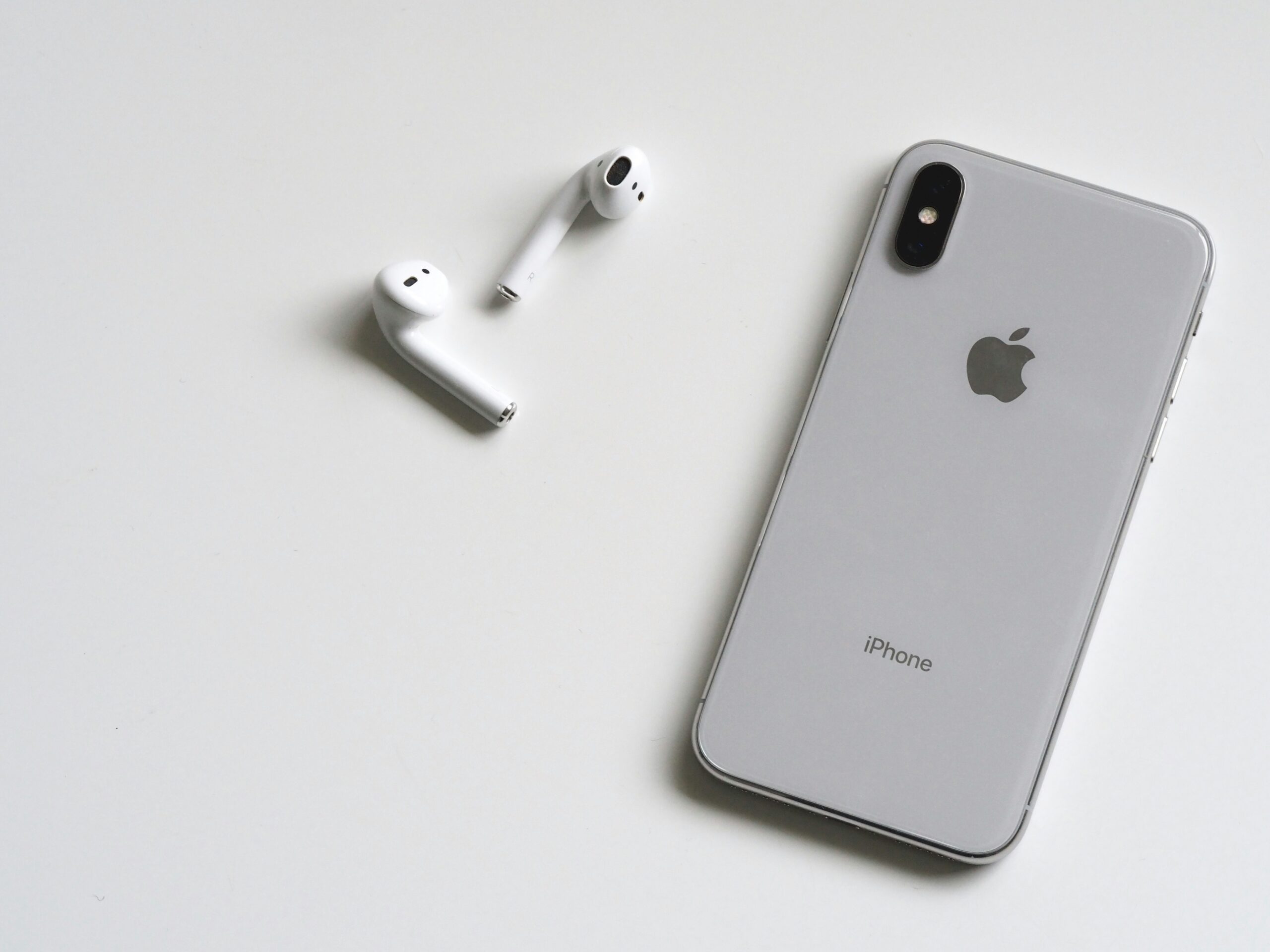Crowdspring vs. DesignCrowd A Comparative Analysis

In the competitive world of design platforms, Crowdspring vs.DesignCrowd have emerged as top contenders, each offering a unique set of features and benefits. This article will delve into a comprehensive comparison of these two platforms, exploring their distinct attributes, pricing models, and community dynamics.
Features and Functionality
Both Crowdspring and DesignCrowd present a myriad of sophisticated features to cater to the diverse needs of clients. Crowdspring takes pride in its curated approach to design services, showcasing a selection of top-tier designers and ensuring exceptional quality. DesignCrowd, on the other hand, boasts a larger design community, providing clients with a broader range of design styles and expertise.
The design contest format is a shared feature between the two platforms. Crowdspring and DesignCrowd allow clients to launch design contests, inviting multiple designers to submit their designs and ideas. This approach fosters creativity and offers clients a wide range of design options to choose from.
Pricing Models
Crowdspring employs a transparent and straightforward pricing model, offering packaged options that cater to various budgetary considerations. Clients can select from different pricing tiers, each offering different levels of designer experience and expertise. Crowdspring’s pricing includes a money-back guarantee, giving clients peace of mind in the event of dissatisfaction.
DesignCrowd, in contrast, adopts a competitive bidding system. Designers on the platform submit proposals, including their pricing, allowing clients to evaluate and select the most suitable option for their budget. This dynamic pricing structure grants flexibility but may require additional effort to compare quotes and find the best match for a project.
Community Engagement
Engaging with the creative community is a crucial aspect of design platforms. Crowdspring and DesignCrowd take distinct approaches in creating community experiences for their clients.
Crowdspring places a strong emphasis on collaboration and feedback, fostering a sense of partnership between designers and clients. By encouraging dialogue and interactive problem-solving, the platform aims to create a supportive and collaborative environment, resulting in a more tailored design outcome.
DesignCrowd, on the other hand, prioritizes the transactional aspect of the design process. While their design community is larger, providing an abundance of design styles and specialties, the platform places less emphasis on direct collaboration and feedback. DesignCrowd focuses on efficient design delivery, ensuring clients’ design needs are met within a competitive timeframe.
When choosing between Crowdspring vs.DesignCrowd, it is essential to consider your specific design requirements, budgetary constraints, and desired level of community engagement.
Crowdspring’s curated approach appeals to those seeking exceptional quality and personalized support. Their transparent pricing and emphasis on collaboration make it an attractive option for clients who value a tailored design experience.
DesignCrowd’s larger design community offers versatility in terms of design styles and expertise. This platform suits those who prioritize a wider range of design options and are comfortable with a more transactional design process.
Ultimately, the choice depends on your unique needs and preferences. Take the time to research each platform, review their past work, and consider client testimonials. This will empower you to make an informed decision and select the platform that aligns best with your design goals and aspirations.




























